Aimed at a broad non-expert audience, IDEAS Talks are an opportunity to learn from MSFEA experts about timely topics in engineering, technology, and design. Come and be inspired!
April 18, 12:00 – 1:30, ELH
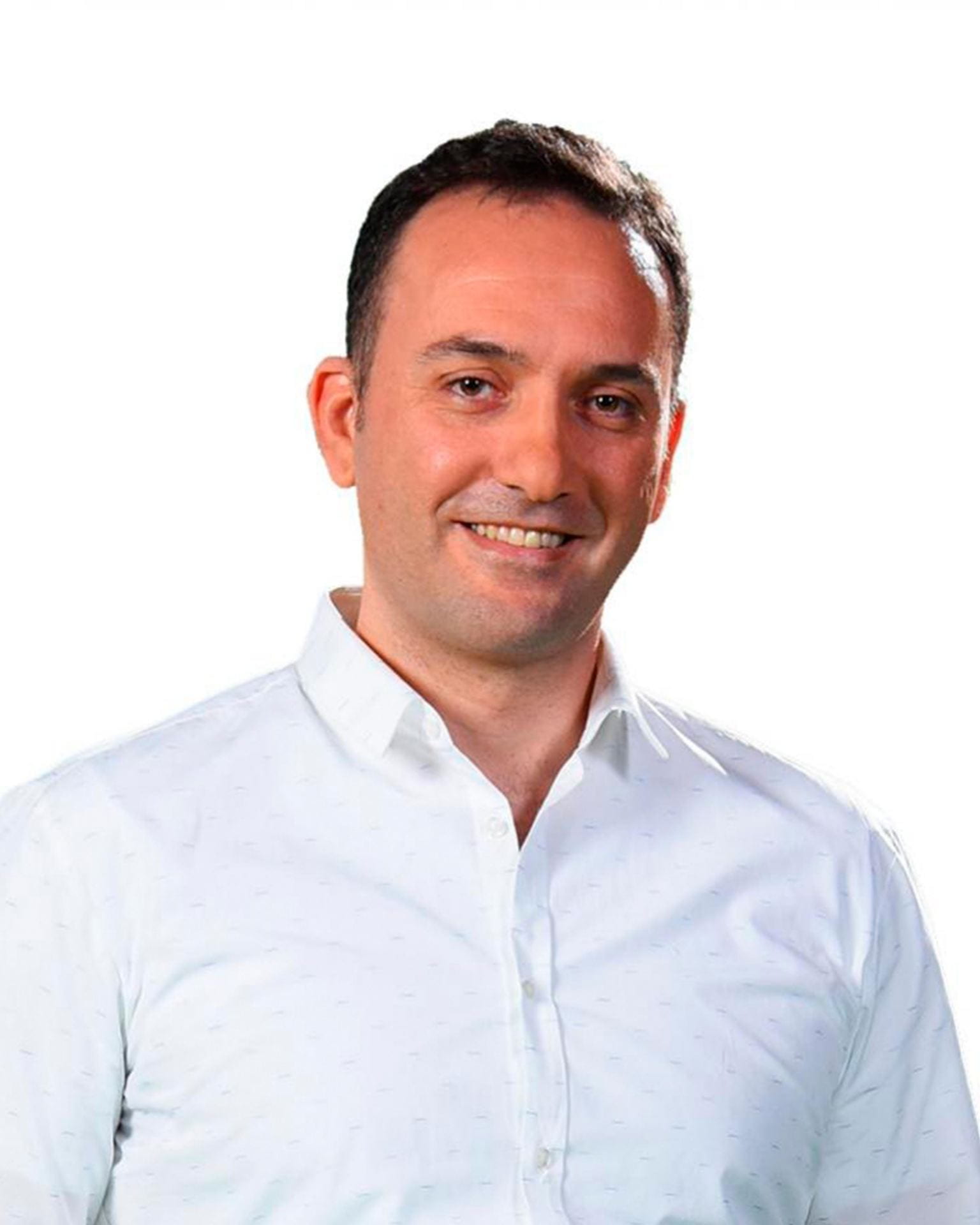
Prof. Elie Shammas (ME)
Can a cat ride a skateboard?
Have you ever wondered how a cat can orient itself midair to land on its feet, or how snakes slither effortlessly no matter which environment they are moving in? Can a cat ride a skateboard, or can a snake turn on a dime or even parallel park? In this talk, we’ll explore such questions by framing locomotion as a motion planning problem using an intuitive gait analysis tool.
Biography
Elie Shammas graduated from the American University of Beirut with a B.E. degree from the Mechanical Engineering Department in 1999. For his M.Sc at Carnegie Mellon University he designed and patented a novel robotic joint which was used to build a snake robot, then he acquired a Ph.D from the Mechanical Engineering Department at Carnegie Mellon University in March 2006. From 2007 till 2010, Elie worked as a research and development engineer at Hexagon Metrology where he developed kinematic calibration algorithms for high accuracy portable Coordinate Measuring Machines. Elie joined the Mechanical Engineering Department at the American University of Beirut where he is currently and Associate professor. Elieís research expertise span multiple disciplines such as design of robotic joints and mobile robotic platforms, motion planning and optimal control of nonholonomic systems, and kinematics and calibration of robotic manipulators.
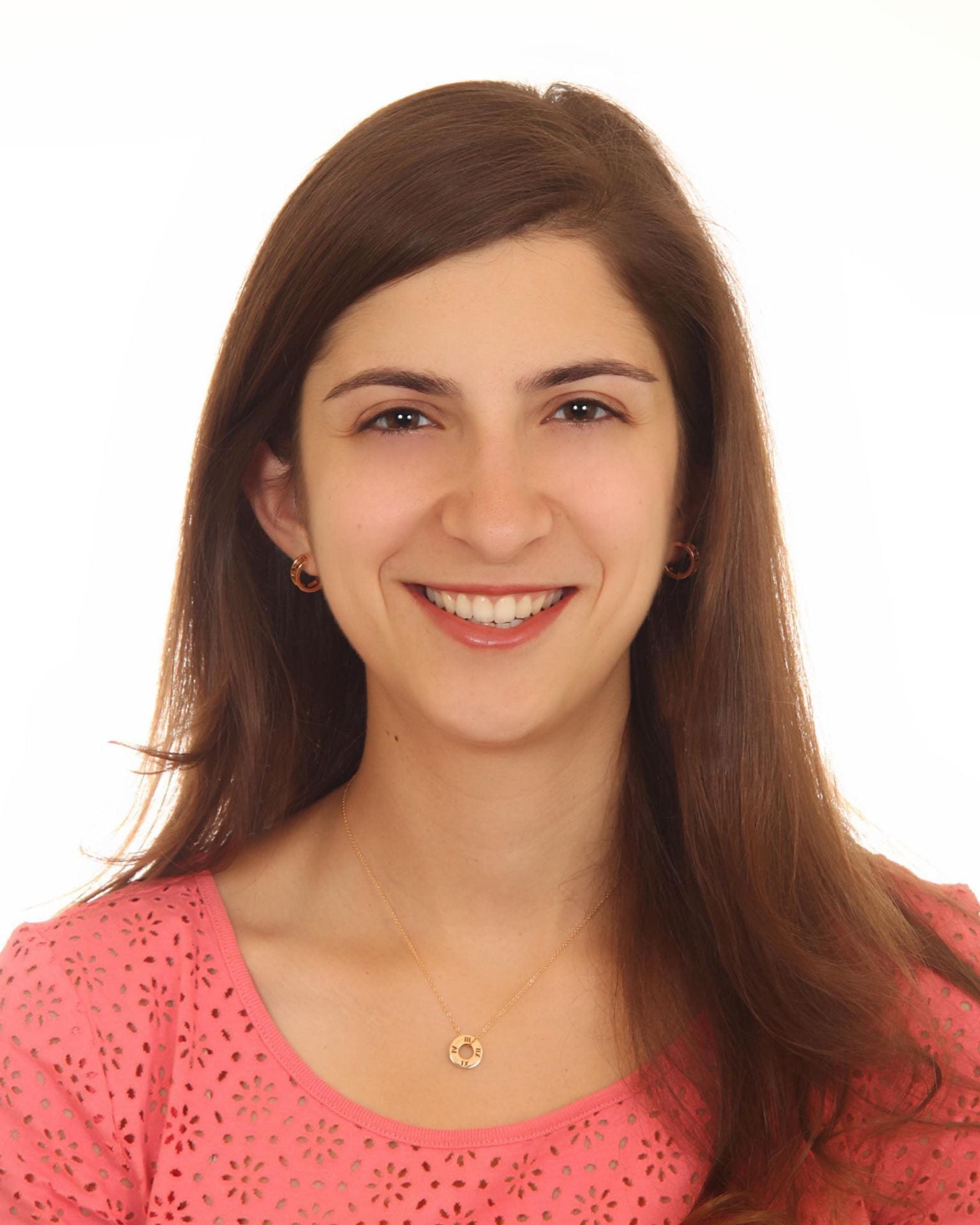
Prof. Nadine Moacdieh (IEM)
In the blink of an eye: How eye tracking can be used to design better interfaces
Designing easy-to-use machine interfaces helps maximize workplace efficiency and prevents user errors. This is especially important in complex, safety-critical domains, such as medicine or aviation. In this talk we will explore how eye tracking can be used to provide accurate interactions with a display, and how this can be used to create adaptive, intelligent displays where information can be updated in real time based on user needs.
Biography
Nadine Moacdieh is an Assistant Professor in the Department of Industrial Engineering and Management, which she joined in 2015. She received a B.E. in Computer and Communications Engineering from AUB in 2010 and an M.E. and Ph.D. in Industrial and Operations Engineering from the University of Michigan, Ann Arbor, in 2012 and 2015, respectively. Her concentration area is human factors. Her research interests include human error and decision-making, eye tracking methods, and information visualization.
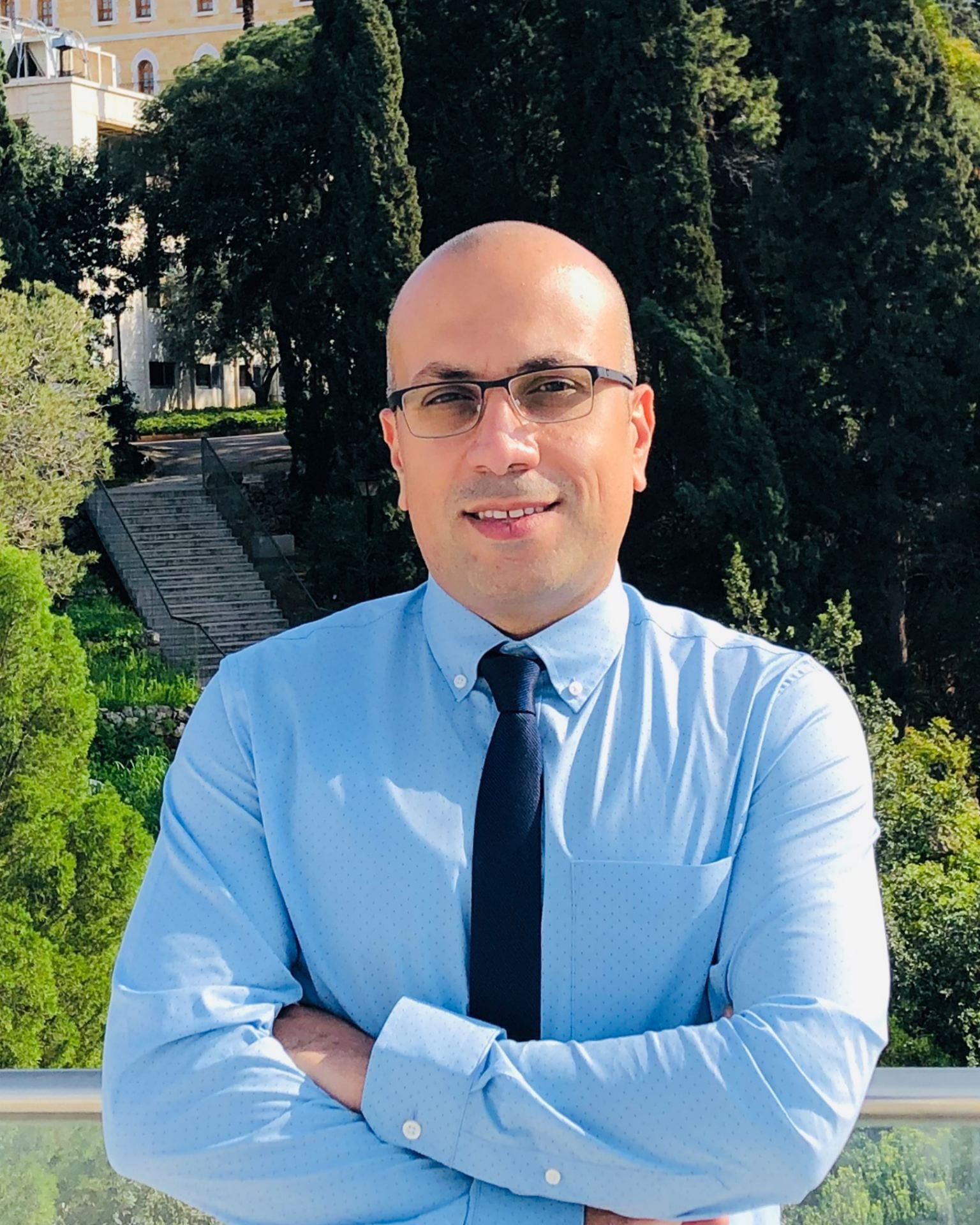
Prof. Joseph Costantine (ECE)
How to charge your phone from thin air?
With the proliferation of the Internet of Things (IoT) billions of devices will be connected and constantly communicating. But how do we power these devices when they are in a remote agricultural field, in a wearable medical device, or embedded in a road pavement? In this talk we will explore radio frequency (RF) energy harvesting, a technology that will enable connected devices to convert the same wireless signals they use to communicate with other devices to direct current that can charge their batteries. The implications are significant: In the near future your mobile phone will connect to a WiFi node not only to communicate, but also to recharge!
Biography
Joseph Costantine, is an Associate Professor in the Electrical and Computer Engineering at the American University of Beirut (AUB). He received his Ph.D. from the University of New Mexico in 2009. His research interests are focused on Applied Electromagnetics and in particular Antennas and rectennas for IoT devices, cognitive radio, RF systems for biomedical applications and deployable antennas for small satellites. Dr. Costantine is the recipient of many awards including the summer faculty fellowship from the space vehicles directorate in NM, USA, for three consecutive years. He has authored many research papers, two books, and several patents.
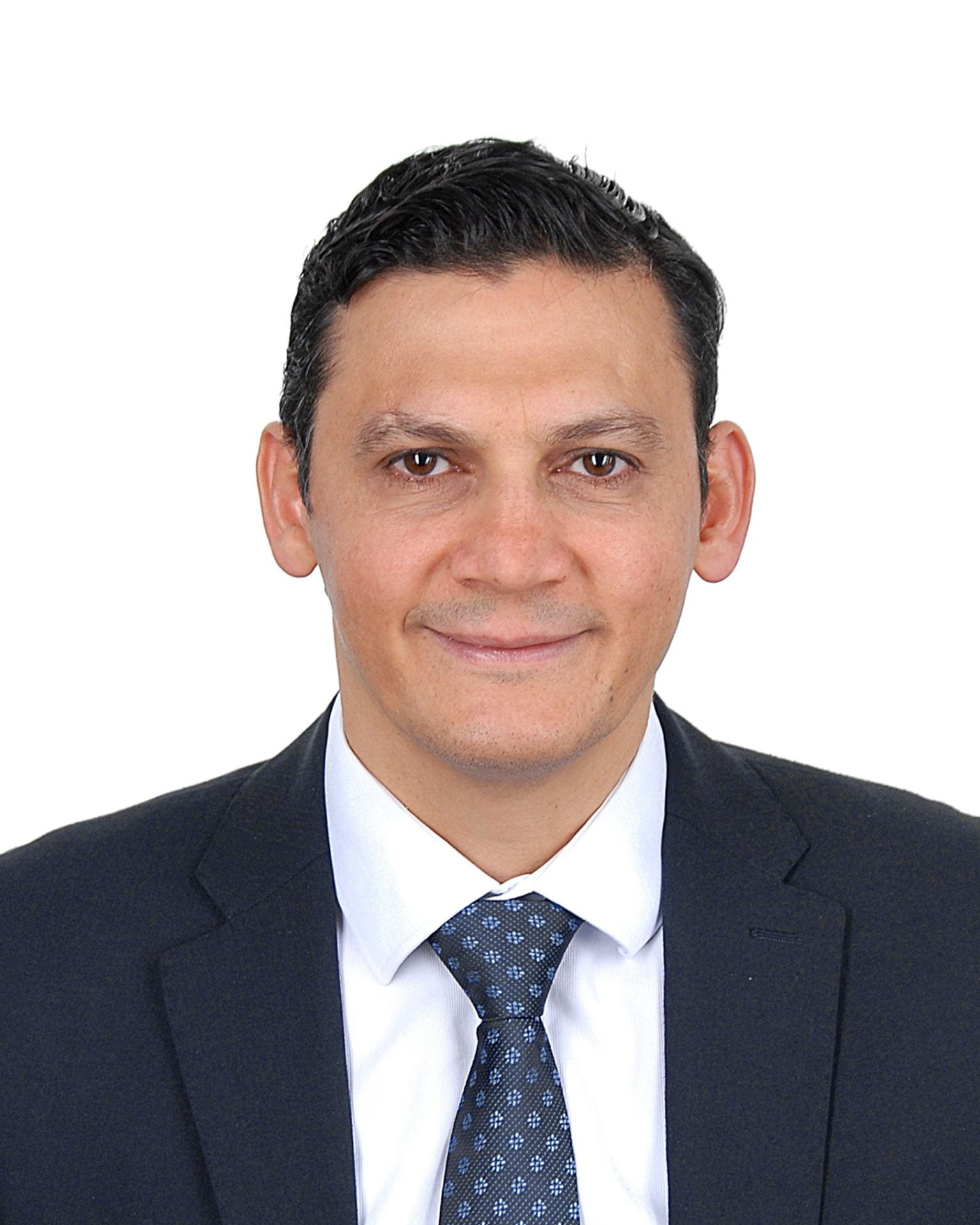
Prof. Farook Hamzeh (CEE)
Constructing future homes using 3D concrete printing
As construction costs continue to rise, housing is becoming unaffordable for many middle and low income families. Construction automation using 3D concrete printing can reduce construction time and cost using a more efficient and environmentally sustainable process. This talk will address how our research team at the Civil and Environmental Engineering department-AUB, has developed a 3D concrete printer, successfully designed a proper concrete mix to satisfy 3D printing requirements, and performed advanced research to tackle the different challenges that this technology is currently facing.
Biography
Dr. Farook Hamzeh is an Assistant Professor in Civil and Environmental Engineering at the American University of Beirut (AUB) since 2011. He earned his Bachelor in Civil Engineering from AUB in 1997 and a Masters in Engineering Management in 2000. Dr. Hamzeh then received a Masters in Engineering Project Management from UC-Berkeley in 2006. He earned his Ph.D. in Civil and Environmental Engineering from UC-Berkeley in 2009. He became a faculty member at Colorado State University between 2009 and 2011.
Dr. Hamzeh has worked for more than seven years in the construction industry in Lebanon, Qatar, Dubai, and the United States on several mega projects. These include the $1.7 Billion Cathedral Hill Hospital in San Francisco, the 333 m high Rose Rotana Hotel in Dubai, Losail motor-bike racetrack in Qatar, Olympic Tower in Qatar, Al-Amal Oncology Hospital in Qatar, Serail 1374 Building in downtown Beirut, and Sibline Cement factory 2nd production line in Lebanon. Throughout his career, Dr. Hamzeh has developed a passion for improving construction processes to increase productivity, raise customer value, and reduce process waste. This passion has fueled his research in the areas of lean construction, process improvement, production planning, BIM, design management, supply chain management, and 3D concrete printing.
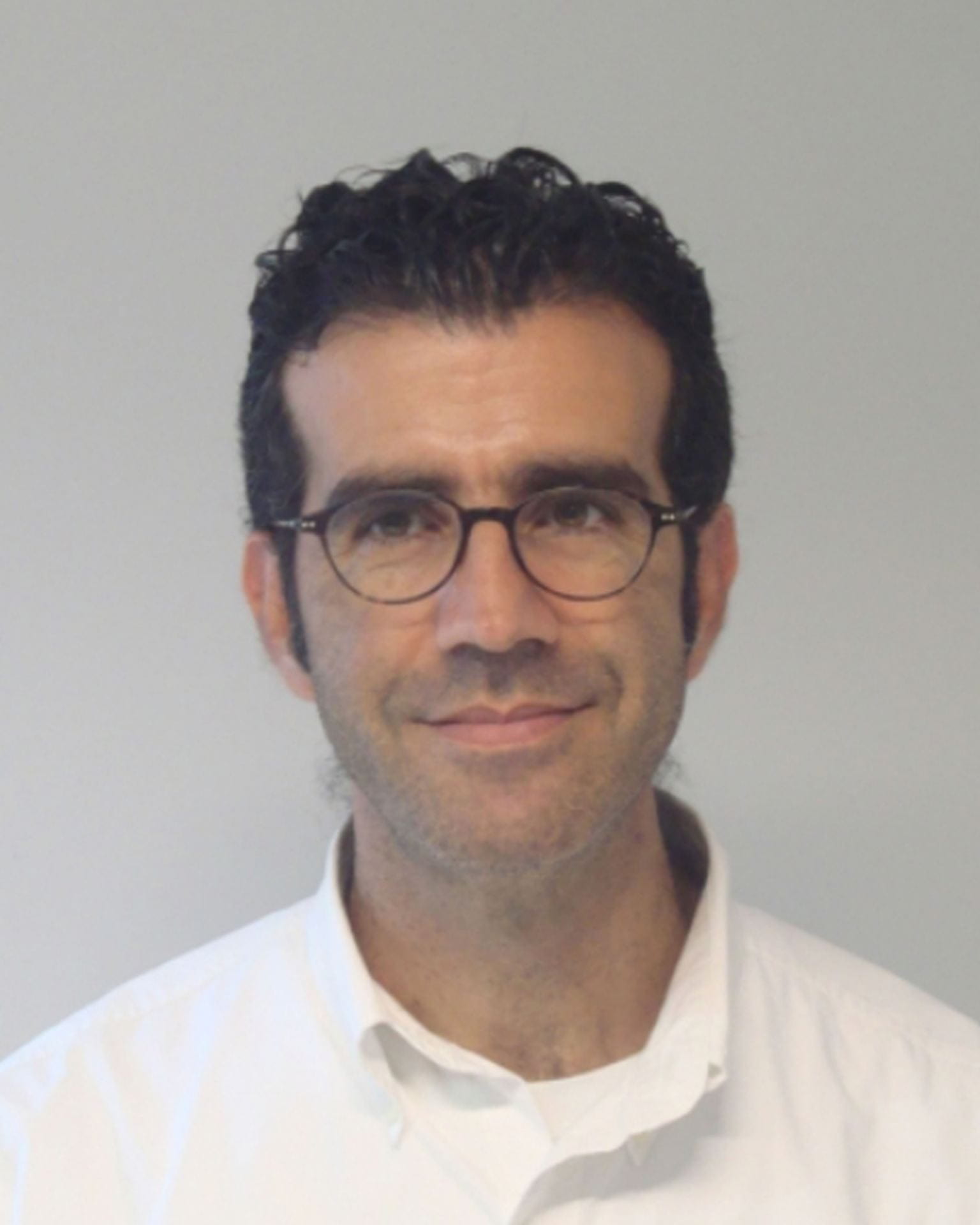
Prof. Aram Yeretzian (ArD/CEE)
Are “performal” buildings possible?
The talk will compare the impact of advancements in technology in telephones, cars and buildings over time. This technological dimension can be assessed in terms of both the performance of a product as well as how the product looks. When reflecting on this subject one cannot but question if buildings will benefit from technology in order to become more “performal”. Different research approaches that would allow such evolution will be addressed during the talk.
Biography
Aram is an architect with a BArch from the AUB (1989), and a MSc in Architecture: “Advanced Environmental and Energy Studies” from the University of East London in 2004 (joint program with the Center for Alternative Technology, Wales).
Aram maintained a professional practice in France and Lebanon, with work focusing on research and design of sustainable architectural design and masterplanning projects of various scales.
Since 2015, Aram holds a joint position for climate responsive buildings at the Departments of Architecture and Civil and Environmental Engineering at AUB. He is a member Sustainability and Energy committee at the Order of Engineers and Architects in Beirut. He is also a former President and current board member and a founding member of the Lebanon Green Building Council.
Finally, Aram serves on conference scientific committees, lectures in conferences that address sustainability issues, serves as a jury member in several Universities, and represents the Ministry of Environment in issues related to the environmental aspects of buildings.






